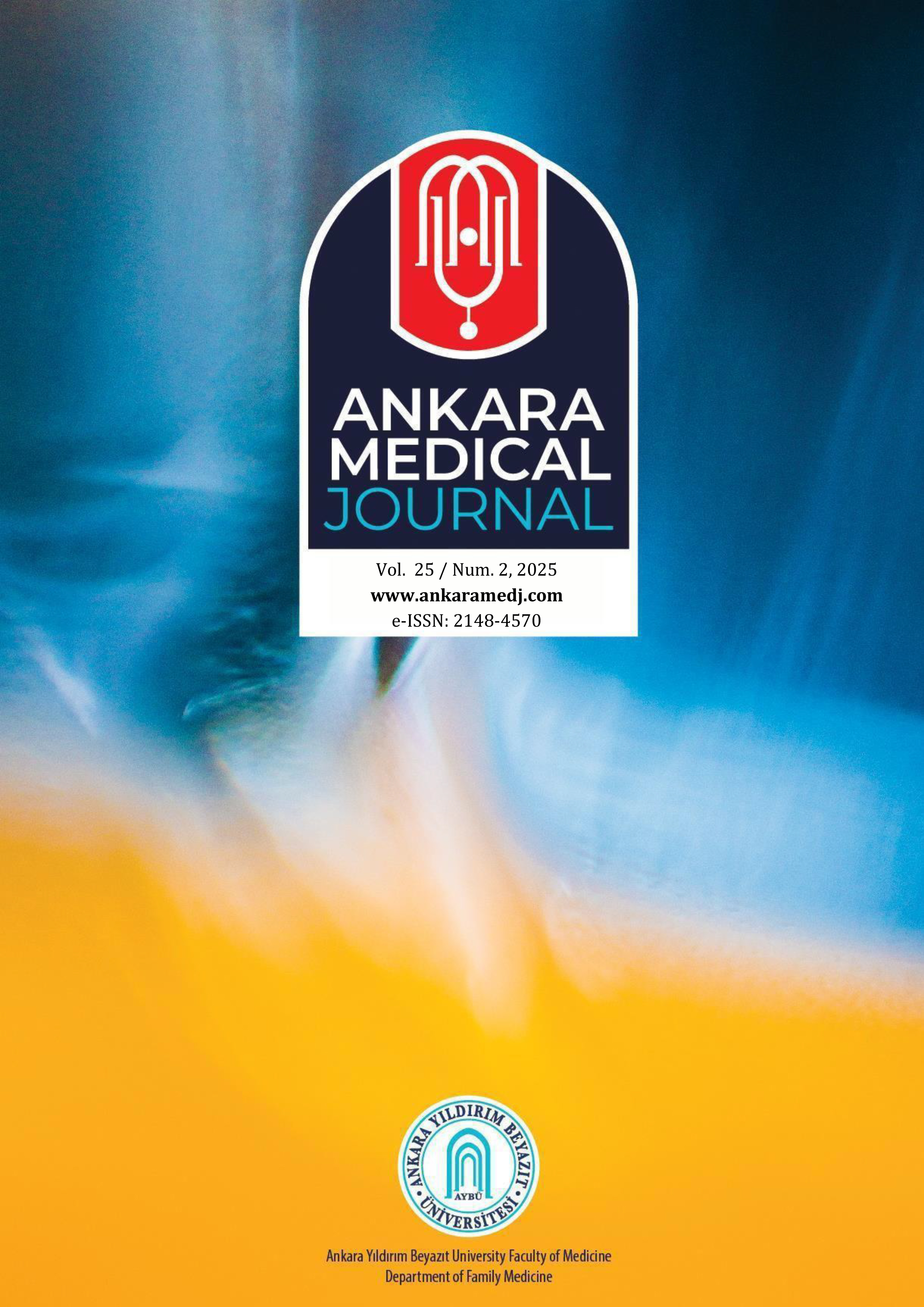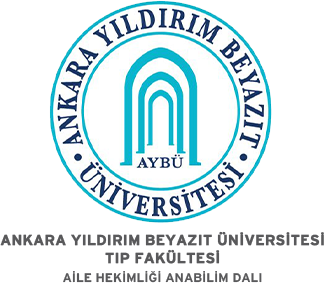RT-PCR Results and Chest CT Imaging Features in Patients Hospitalized to Yozgat City Hospital with COVID-19 Suspicion
Ahmet TanyeriYozgat City Hospital,radiology Department, Yozgat, TürkiyeINTRODUCTION: This study aims to investigate Chest CT findings and RT-PCR results in patients hospitalized with suspicion of COVID-19.
METHODS: Between 15 March and 15 May 2020, patients hospitalized in Yozgat City Hospital with suspicion of Covid-19 were evaluated retrospectively. Chest CT findings were classified according to the modified COVID-19 reporting system created for this study. RT-PCR reference diagnostic test was accepted and the diagnostic performance of CT was evaluated.
RESULTS: A total of 498 patients [54±22 (0; 96)] were included in the study. The number of male patients [323 (65%)] was higher than female [175 (35%)]. RT-PCR test was positive in 94 (19%) of the patients. Patients with positive test results were found to be younger than negative ones. Chest CT was positive in 173 (35%) patients: 13% COVID-19 typical findings, 7% high suspect findings, 15% low suspect findings. The sensitivity of CT was 49%, the specificity was 69%, and the sensitivity of RT-PCR was 69%. Infiltrations in CT positive cases were seen in the following areas: 52% in both lungs, 40% in all lobes, 34% in lower lobes, 47% in the posterior, 43% in the anterior and posterior lung regions, 60% in the peripheral, 30% peripheral and central lung regions.
DISCUSSION AND CONCLUSION: The sensitivity of chest CT in the diagnosis of COVID-19 was relatively low, but had high specificity. It may be more beneficial to use CT for rapid diagnosis in regions with a high prevalence of COVID-19. Using a standardized report format to evaluate CT findings seems necessary for patient management.
COVID-19 Şüphesiyle Yozgat Şehir Hastanesine Yatan Olgularda RT-PCR Sonuçları ve Toraks BT Görüntüleme Özellikleri
Ahmet TanyeriYozgat Şehi̇r Hastanesi̇, Radyoloji̇ Bi̇ri̇mi̇, Yozgat, Türki̇yeGİRİŞ ve AMAÇ: Bu çalışmanın amacı COVID-19 şüphesiyle hastaneye yatırılan olguların Toraks BT bulgularını ve RT-PCR sonuçlarını incelemektir.
YÖNTEM ve GEREÇLER: 15 Mart-15 Mayıs 2020 tarihleri arasında, Yozgat Şehir Hastanesine COVID-19 şüphesiyle yatırılan olgular geriye dönük olarak değerlendirilmiştir. Toraks BT bulguları bu çalışma için oluşturulan modifiye COVID-19 raporlama sistemine göre sınıflandırılmıştır. RT-PCR referans tanı testi kabul edilerek BTnin tanısal performansı değerlendirilmiştir.
BULGULAR: Toplam 498 olgu [54±22 (0; 96)] çalışmaya dahil edildi. Erkek olgu sayısı [323 (%65)] kadınlardan [175 (%35)] daha fazlaydı. Olguların 94ünde (%19) RT-PCR testi pozitif sonuçlanmıştı. Test sonucu pozitif olan hastaların negatif olanlara göre daha küçük yaşta olduğu bulundu. 173 (%35) olguda toraks BT pozitif saptandı: %13 COVID-19 uyumlu bulgular, %7 yüksek şüpheli bulgular, %15 düşük şüpheli bulgular. BTnin duyarlılığı %49, özgüllüğü %69, RT-PCRın duyarlılığı ise %69 olarak bulundu. BT pozitif olgulardaki infiltrasyonların %52si her iki akciğerde, %40ı tüm loblarda, %34 alt loblarda, %47si arka, %43ü ön ve arka akciğer alanlarında, %60ı periferik, %30u periferik ve santral akciğer alanlarında görüldü.
TARTIŞMA ve SONUÇ: Toraks BTnin COVID-19 tanısındaki duyarlılığı göreceli düşük ancak özgüllüğü yüksek bulunmuştur. BTnin hızlı tanı için COVID-19 prevalansının yüksek olduğu bölgelerde kullanılması daha faydalı olabilir. BT bulgularını yorumlamada standardize edilmiş bir rapor formatını kullanmak hasta yönetimi için gerekli görünmektedir.
Manuscript Language: Turkish
(2582 downloaded)





